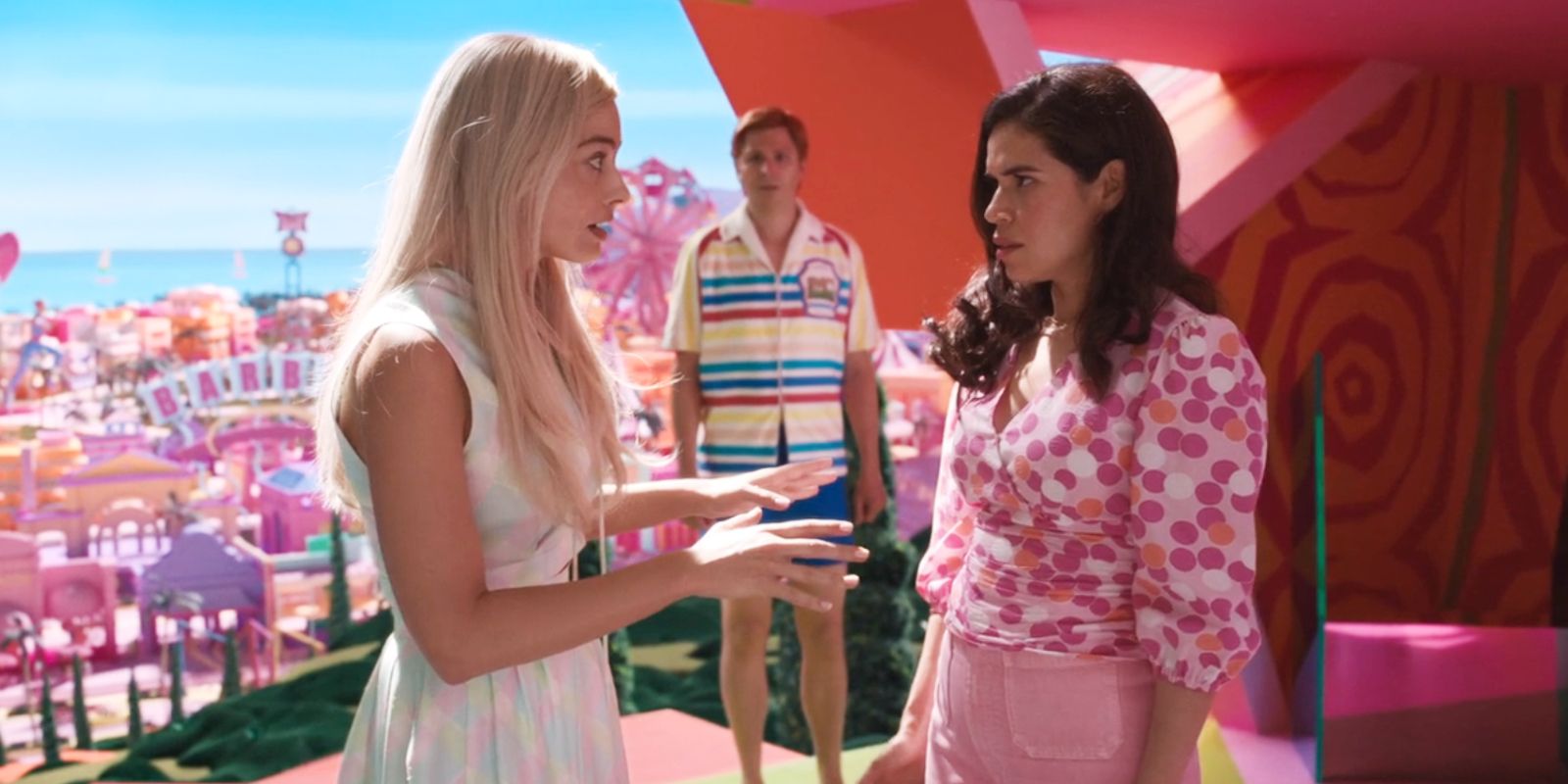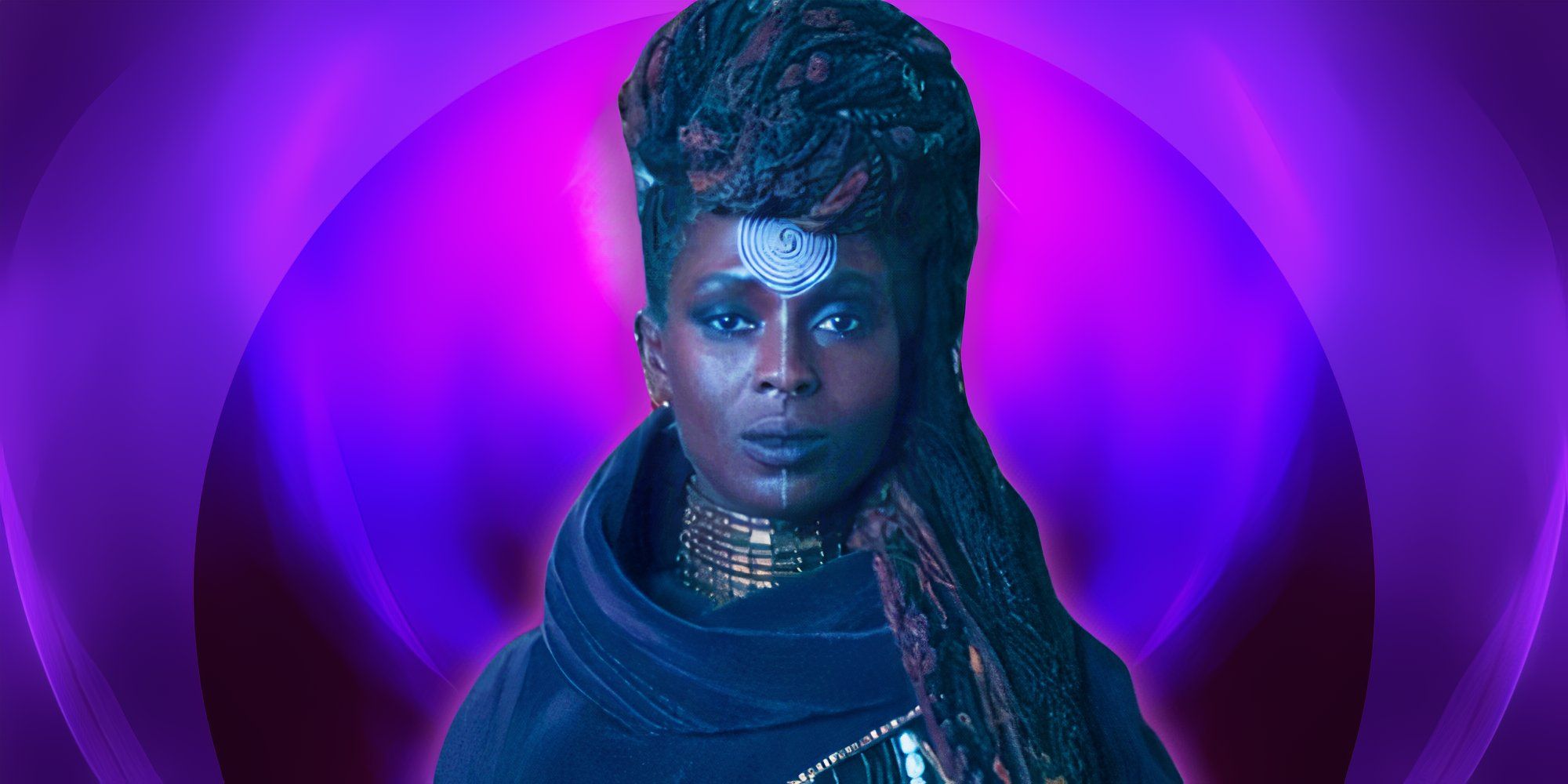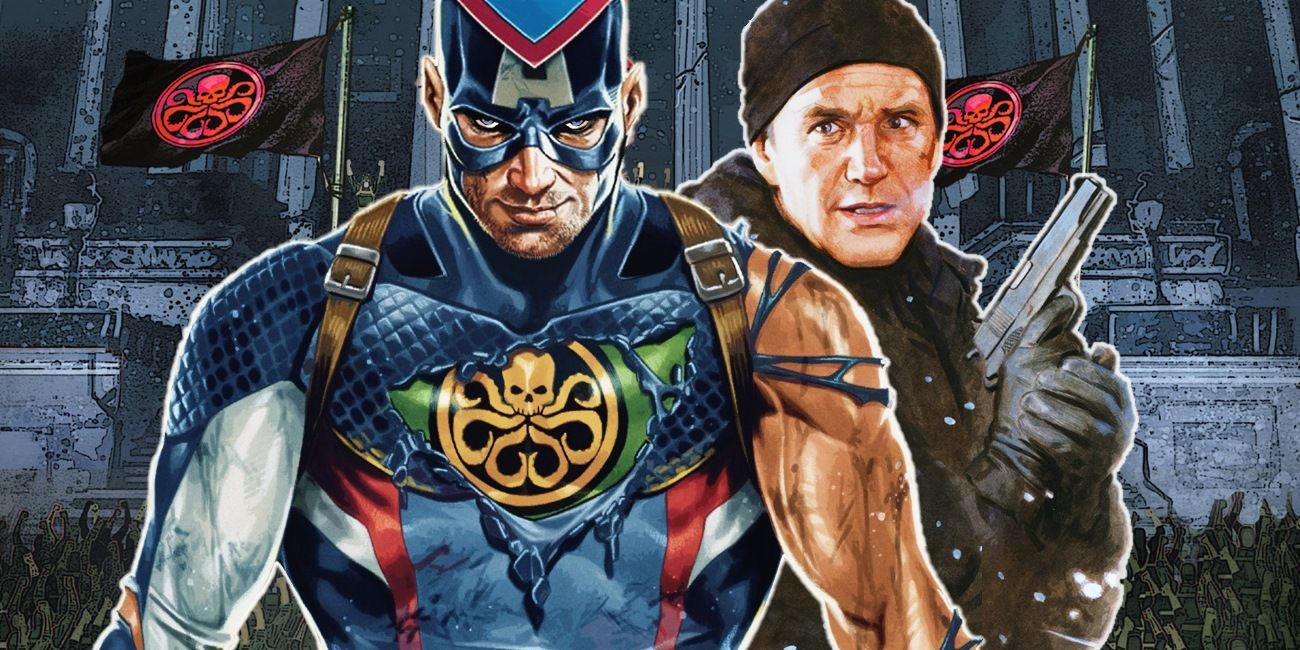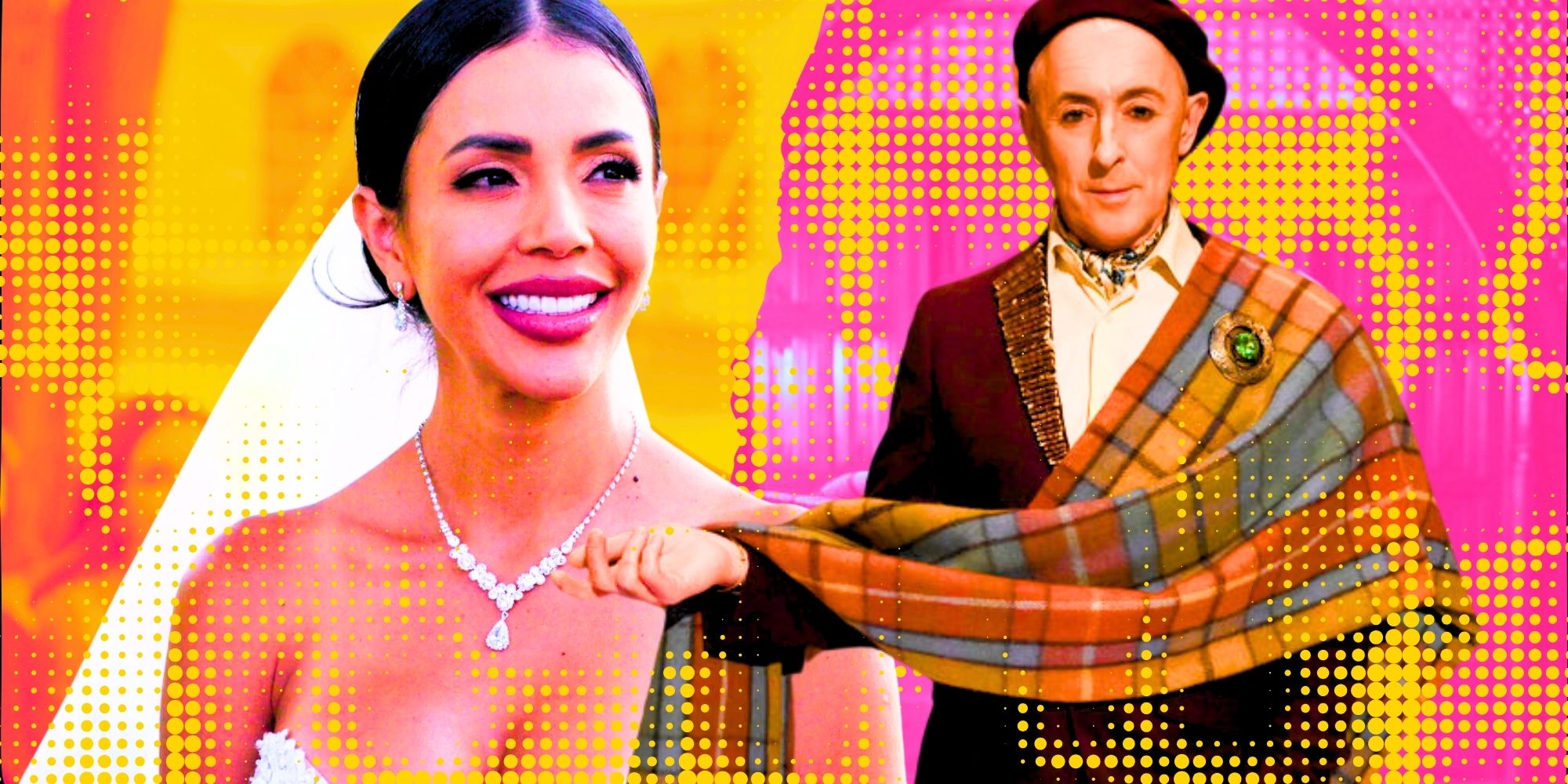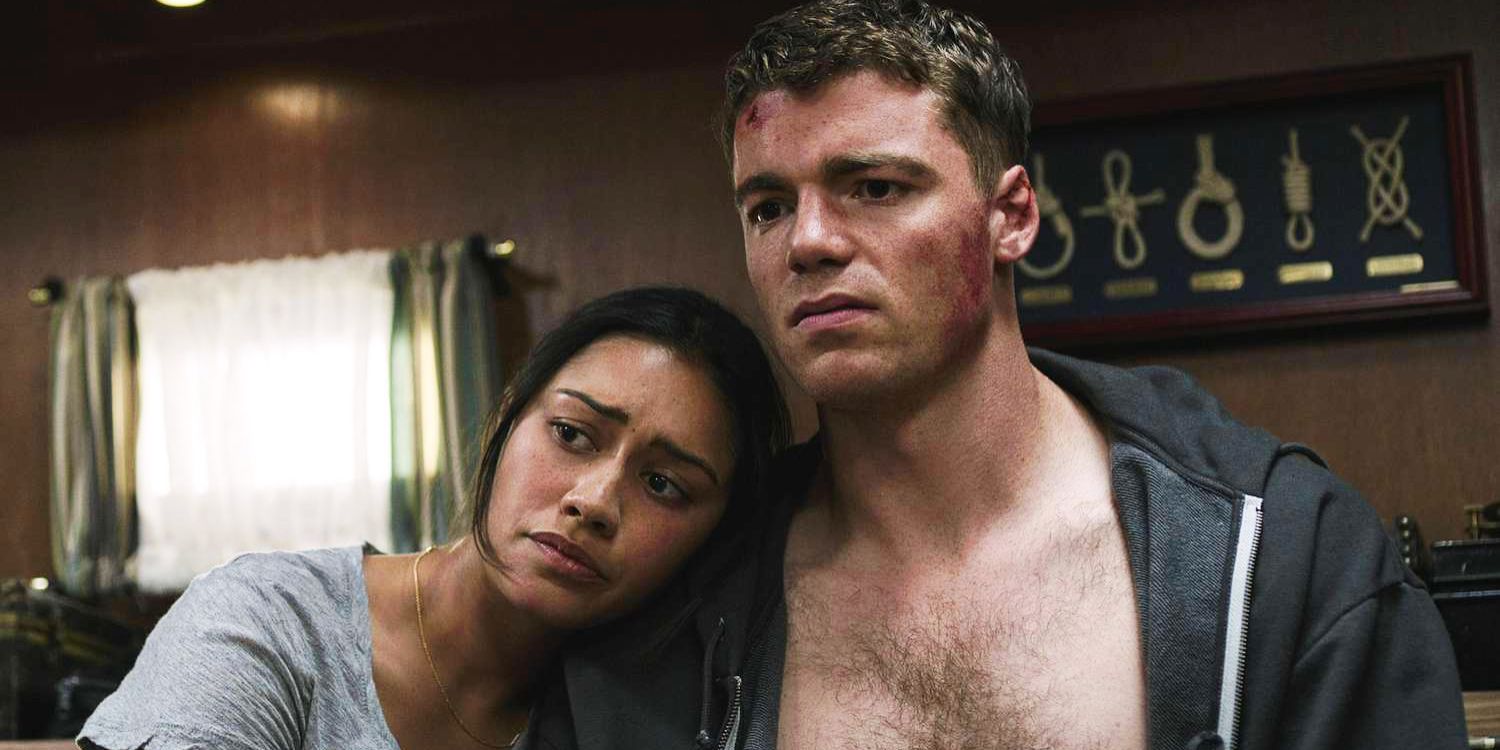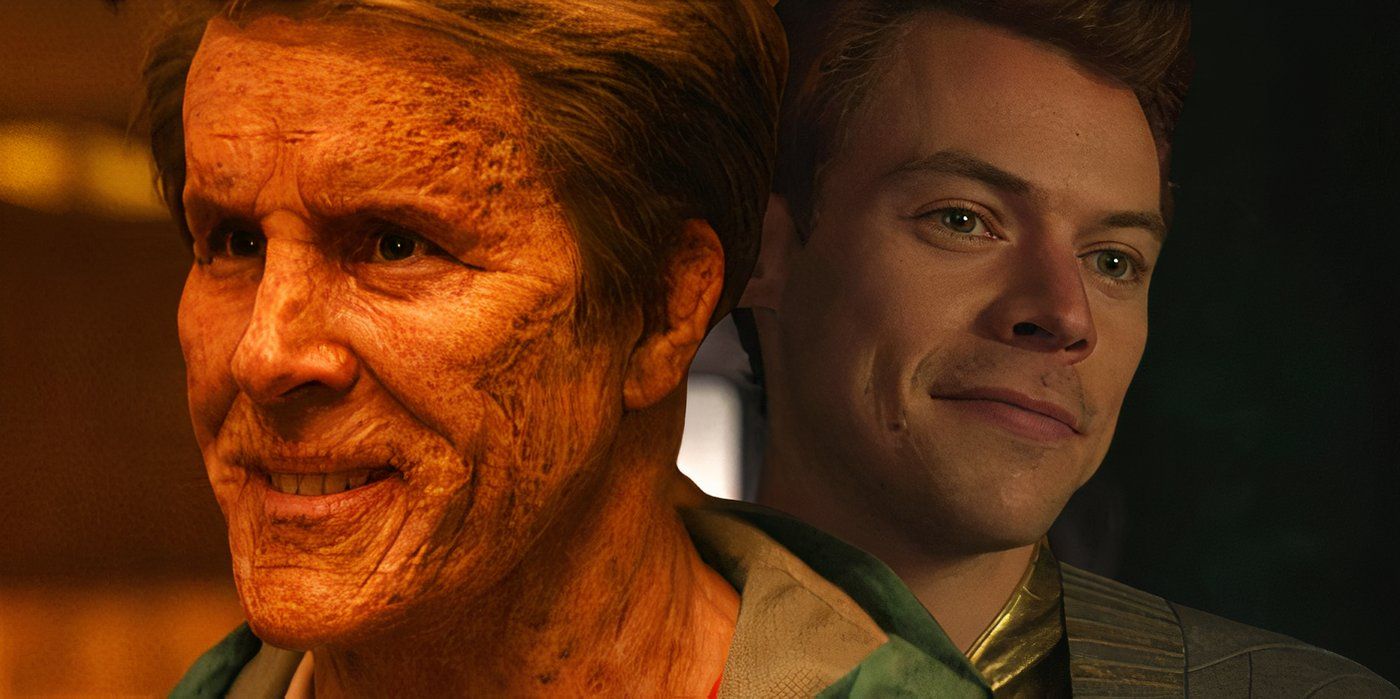Future generations will look back on the history of film as an interesting thing. It looked forward for so long – introducing sound to silent movies, then bringing color to black-and-white movies, and eventually moving into computer-generated effects and 3D – before suddenly looking backward.
Modern filmmakers started to see black-and-white as a visual element that was available to them in telling their stories, as opposed to a technological restraint. In the years since black-and-white became obsolete, some directors have decided that it was the best way to shoot certain movies. So, here are the 10 Best Modern Movies Shot In Black-And-White.
10. Frankenweenie
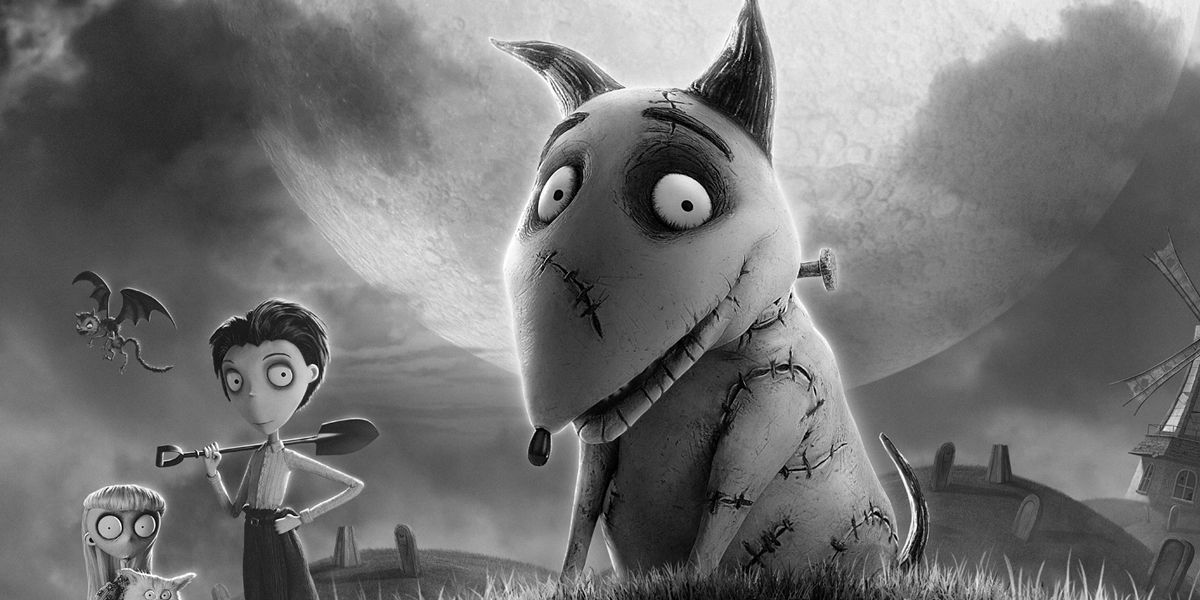
Tim Burton adapted Frankenweenie from one of his early animated shorts. It’s a simplistic story that puts a wholesome spin on the Mary Shelley classic: a young boy grieving the loss of his dog, Sparky, conducts a scientific experiment that brings Sparky back to life.
In the feature-length adaptation, which released quietly in 2012, other residents of the town ask Victor to bring their pets back to life, and very quickly, the stakes of the plot escalate and the true horror reveals itself. Frankenweenie was actually animated with black-and-white settings and characters, not in color and later converted, so the film has its own take on the black-and-white palette.
9. Good Night, and Good Luck
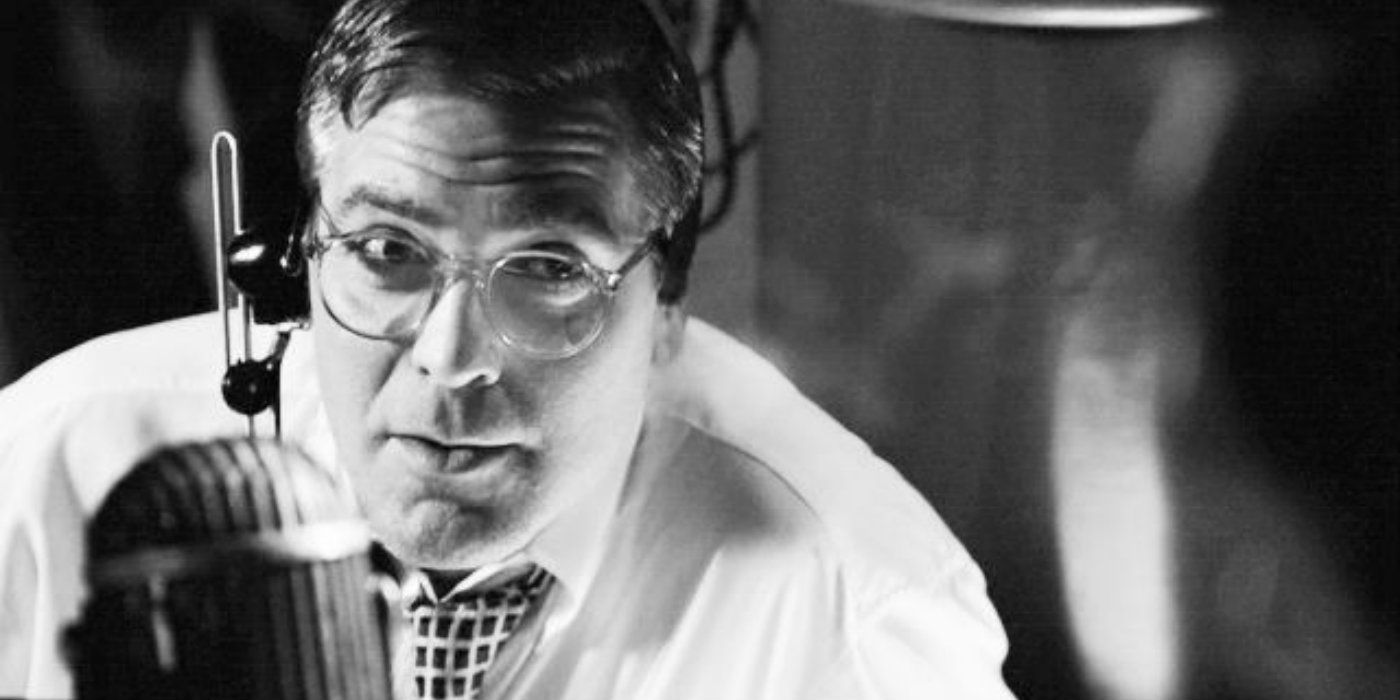
George Clooney co-wrote and directed Good Night, and Good Luck in 2005 when Bush’s re-election campaign inspired him to tell a story that raised “the idea of using fear to stifle political debate.” The use of black-and-white frames this as a post-9/11 film noir.
It’s a compelling drama about Edward R. Murrow (David Strathairn), the journalist who hosted CBS’ news documentary series See It Now, and his relationships with his co-producer Fred W. Friendly (Clooney) and CBS News correspondent Joseph Wershba (Robert Downey, Jr.). Clooney was so passionate about making the movie that he only charged the studio $1 for each of his jobs on the film, after an injury on the set of Syriana had made him uninsurable.
8. Memento
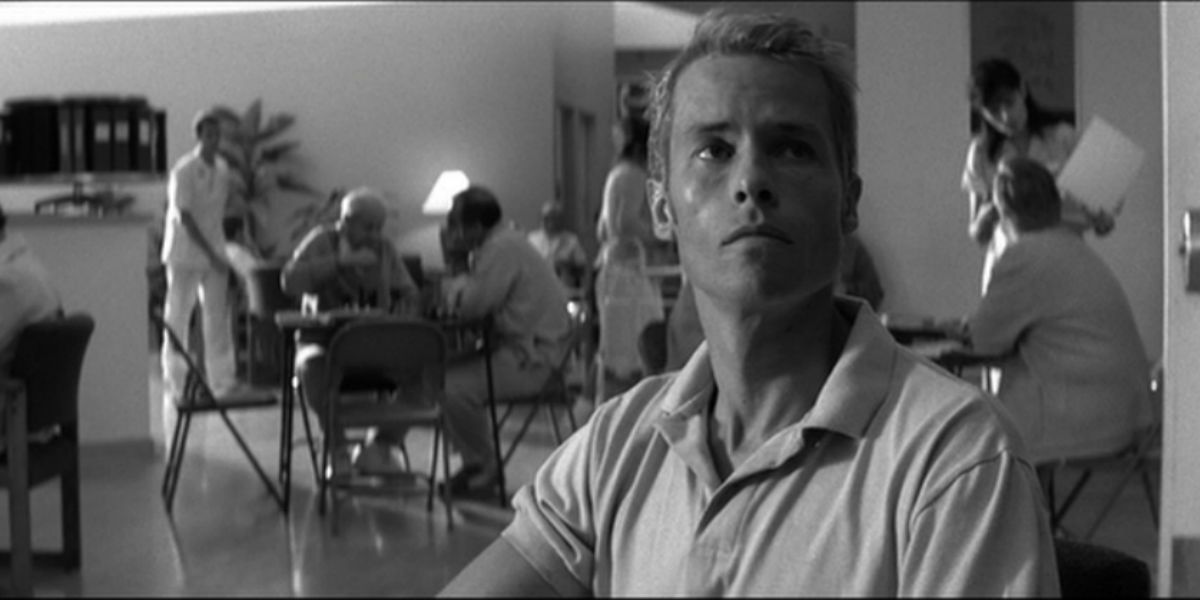
Christopher Nolan made his name with this critically acclaimed neo-noir that blends shooting in black-and-white with shooting in color. It’s a mystery thriller about one amnesiac man’s quest to retrace his steps and figure out what happened to his wife based on clues he wrote on himself, and if that’s not confusing enough, half of the plot is also told backward.
The black-and-white is used to differentiate the movie’s two parallel plotlines. The color sequences are told backwards, while the black-and-white sequences are arranged into chronological order. At the end of the movie, they converge and everything makes sense (well, kind of).
7. Ed Wood
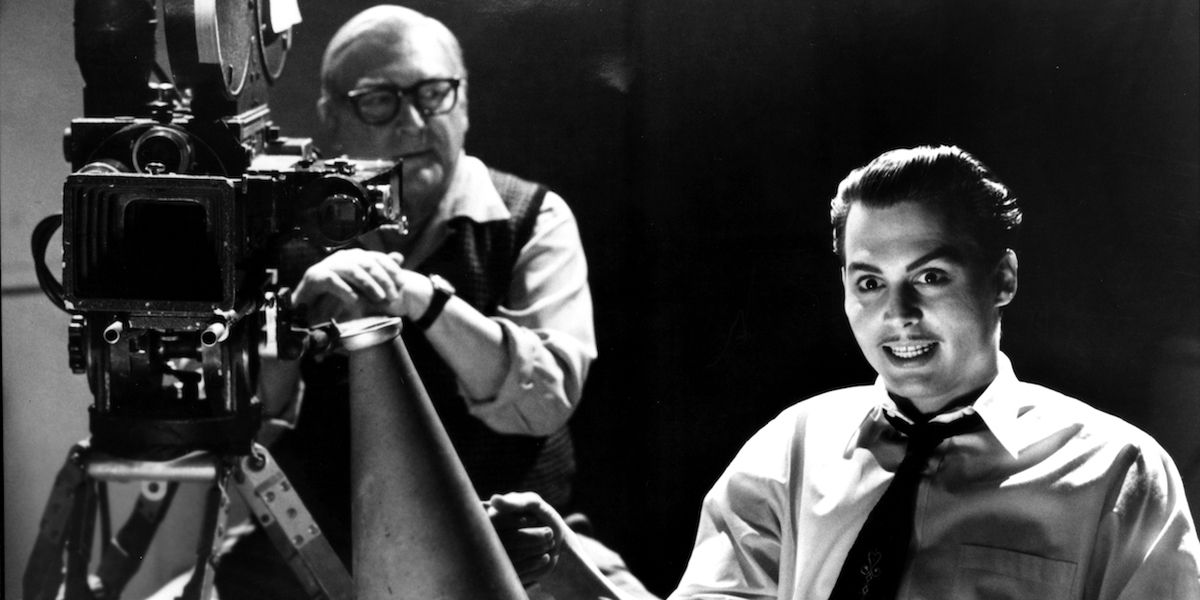
Although its obscure subject matter and unusual visual style are enough to put off most mainstream viewers, Ed Wood is a fantastic movie. Tim Burton did something truly inventive with this biopic of the eponymous legendary B-movie director: he lit it, framed it, shot it, and edited it in the style of one of its subject’s movies.
Ed Wood is the story of the titular director’s life, but thanks to breathtaking cinematography by Stefan Czapsky (Burton’s go-to guy at the time), it looks and feels like Plan 9 from Outer Space. Burton has said that there was no way this movie could be done in color, and he’s right.
6. Clerks
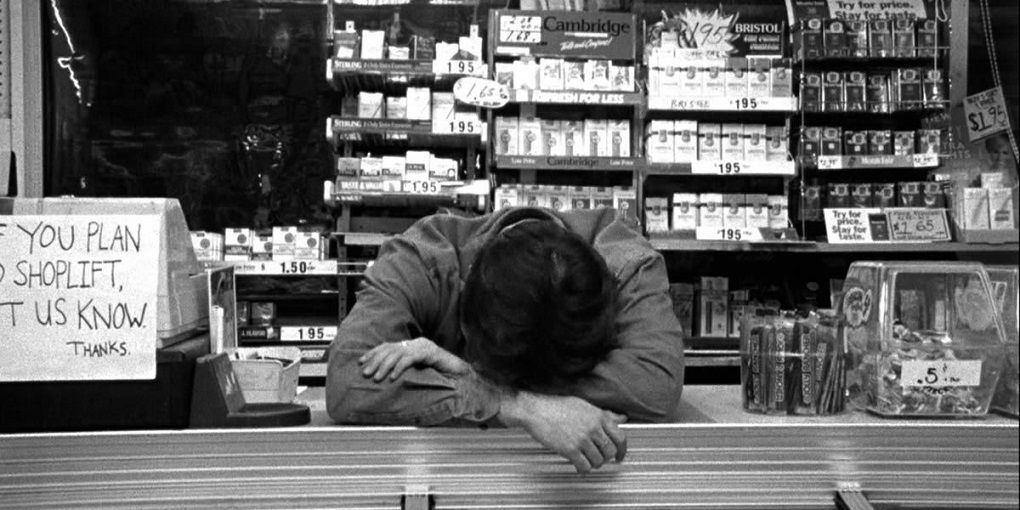
Kevin Smith only shot Clerks in black-and-white because it was cheaper than color film stock and he’d already maxed out ten credit cards to fund the production. But when the movie hit Sundance, it stuck out because of its sense of place. It really exists in a world of its own (which would later be called “the View Askewniverse”), with New Jersey natives talking like real New Jersey natives.
What makes Clerks so great is that it rings true. You can tell it was written and directed by a guy who was still working at that convenience store, living that mundane life. It doesn’t have any Hollywood fakeness; it’s grounded in its own identity. The black-and-white helps to emphasize that with a minimalist visual style.
5. Frances Ha
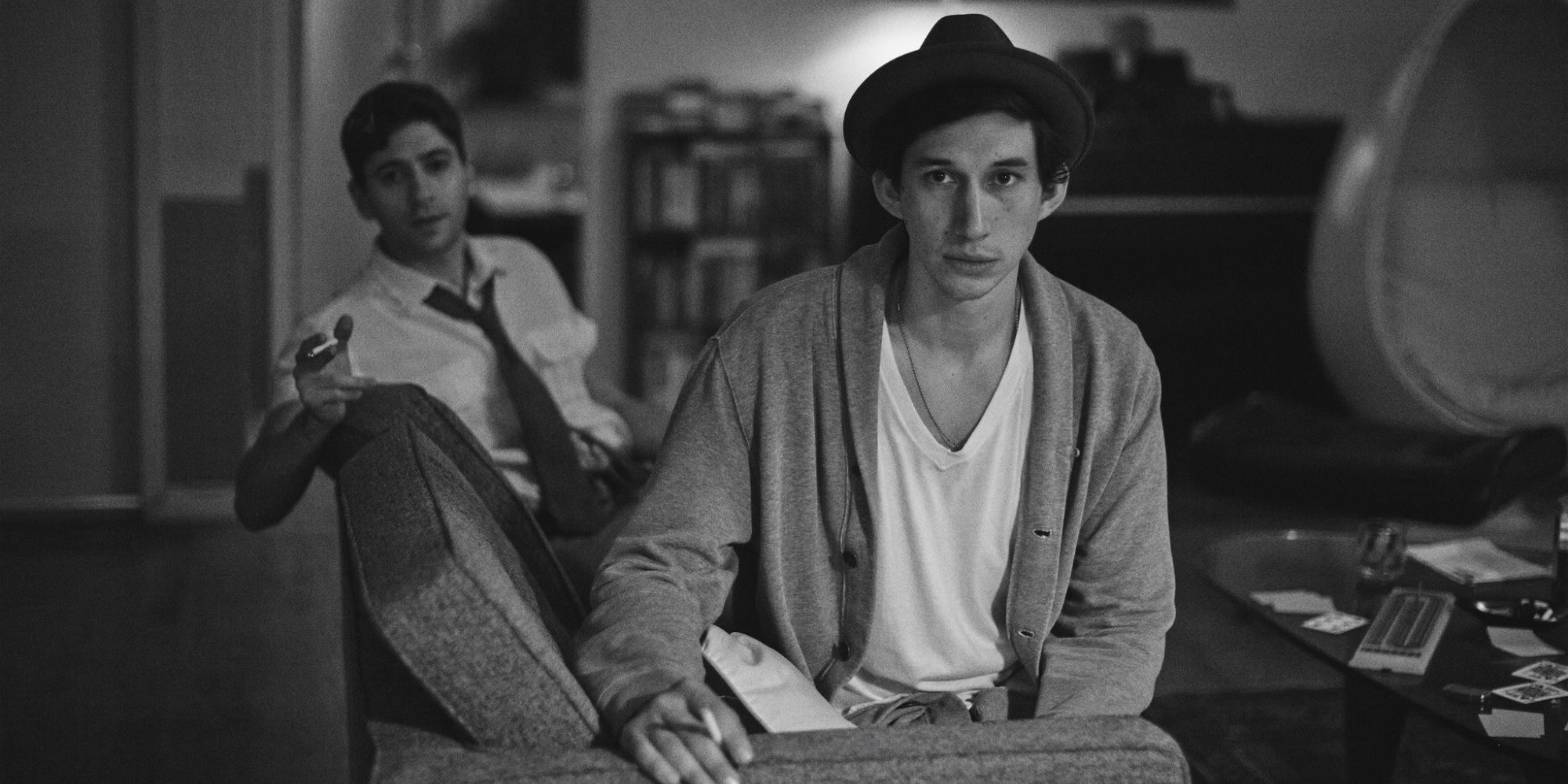
Noah Baumbach and Greta Gerwig are two of the few filmmakers working today who tell human stories about real people with real emotions, so when they combine their forces, the result is something truly wonderful. And so goes Frances Ha, which was directed by Baumbach, stars Gerwig, and was drawn from a screenplay that the two wrote together.
The movie doesn’t have a discernible plot or a traditional structure; rather, it follows the unpredictable rhythm of its title character’s life as a twentysomething dancer. The black-and-white gives Frances Ha the feel of a Jim Jarmusch movie or a Francois Truffaut movie.
4. Roma
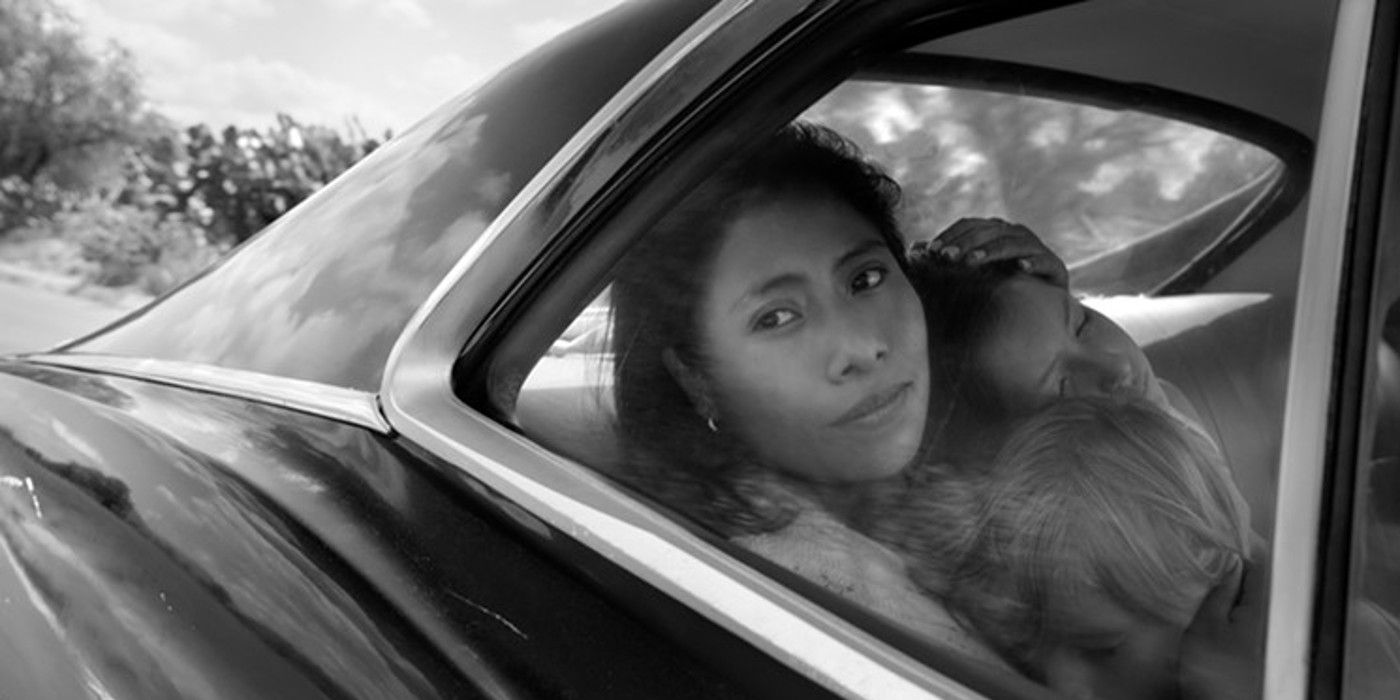
This was the movie that finally got the Academy to take Netflix originals seriously. Roma was an incredibly personal film for writer-director Alfonso Cuarón, as it has a semi-autobiographical story drawn from the filmmaker’s childhood and is deeply rooted in his hometown, Mexico City.
To really make sure that the movie was as beautifully personal as he wanted it to be, Cuarón went beyond writing and directing, as he also co-produced and co-edited the film, and most importantly, did his own cinematography. Shooting in black-and-white was a very conscious decision, as Cuarón wanted to make “a modern film that looks into the past.”
3. Nebraska
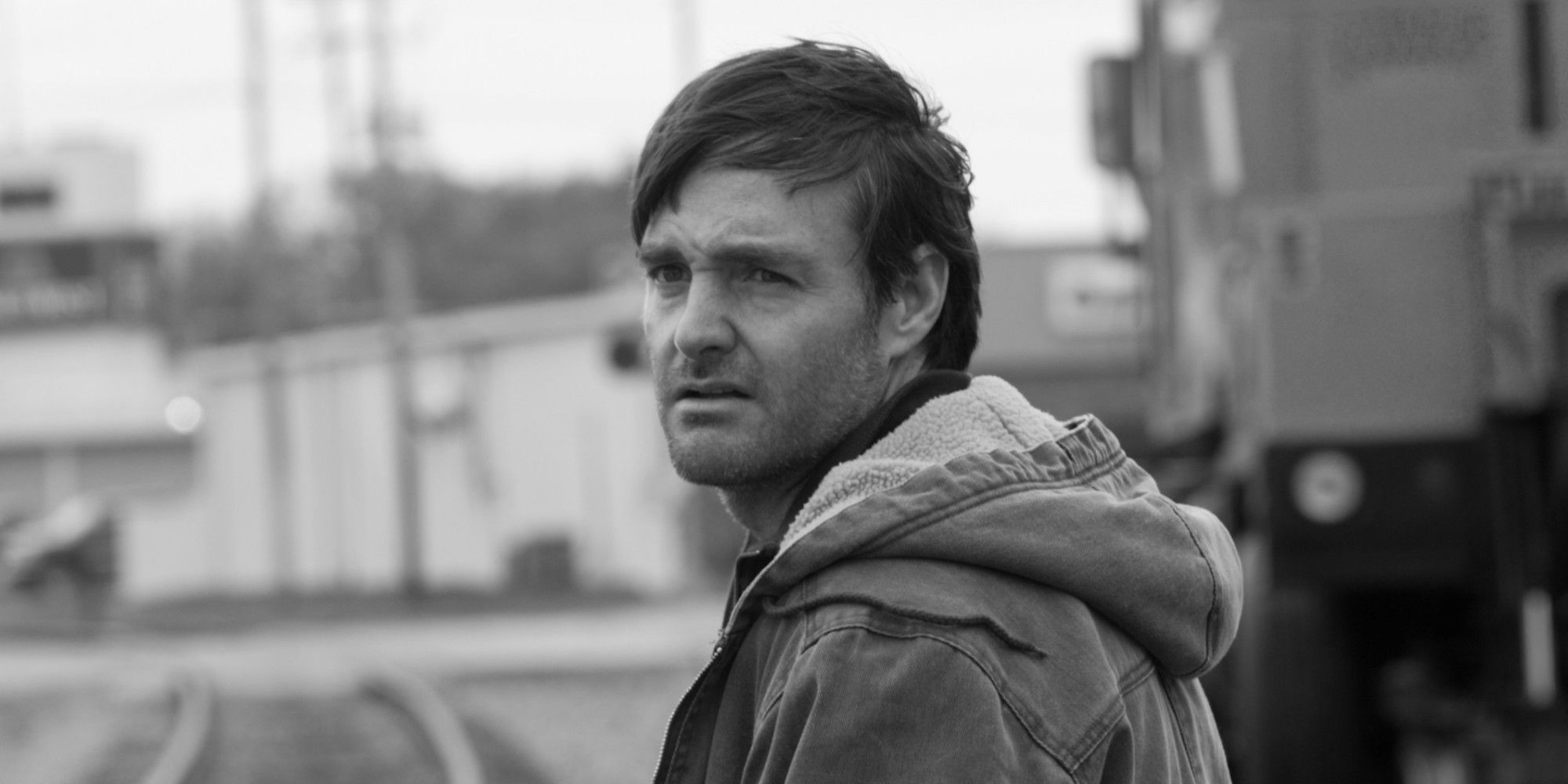
Alexander Payne was no stranger to road movies when he helmed Nebraska, having taken a hysterical trip through wine country with Paul Giamatti and Thomas Haden Church in Sideways, but this 2013 black-and-white star vehicle for Bruce Dern feels like something different entirely.
Dern stars as a bitter old man who is determined to get to Nebraska to claim a prize that is almost certainly a scam. Every time he’s brought home, he just starts walking back up the highway. So, his son, Will Forte, agrees to drive him. This acts as a catalyst for the whole family to reconnect along the way.
2. Schindler’s List
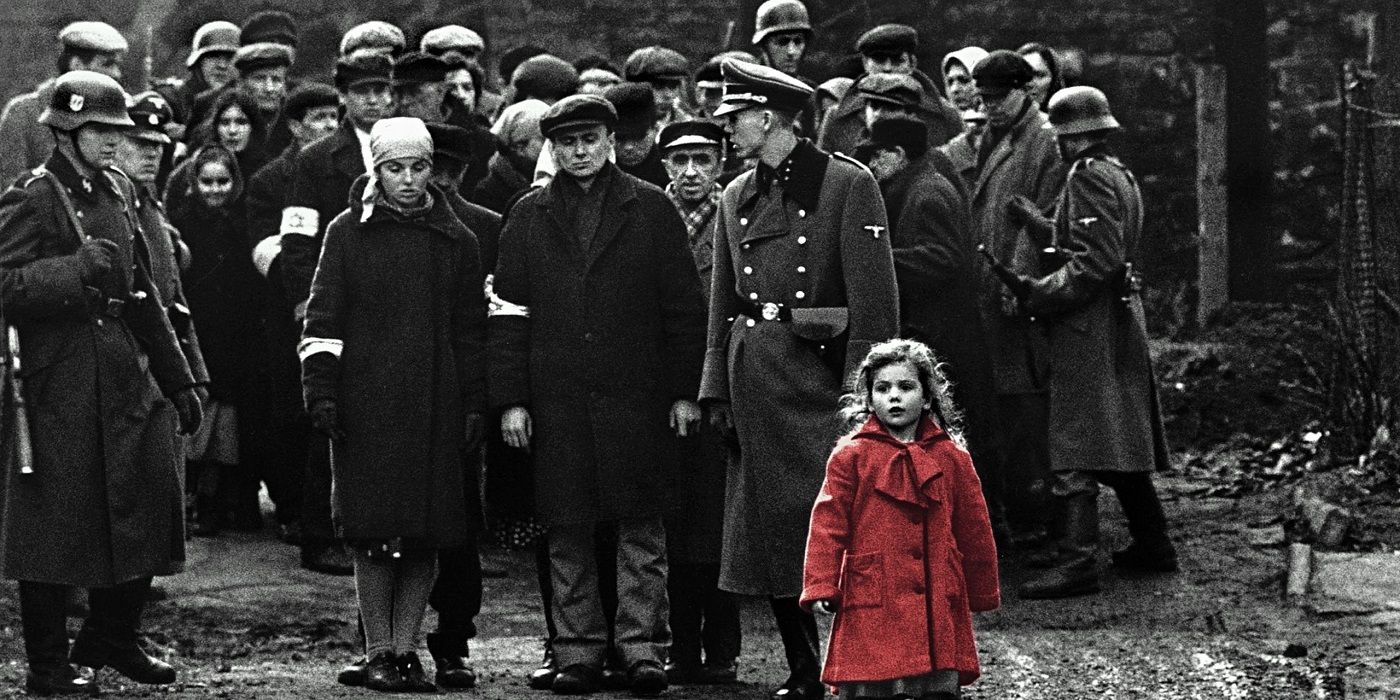
Aside from emphasizing the bleak horrors of the Holocaust, Schindler’s List’s use of black-and-white revolves around one incredibly powerful moment. In recent years, some film snobs have turned on the shots of the girl in the red coat, finding them to be too on-the-nose, but it’s undeniably moving. When that coat is seen again on a pile of bodies, it’s suitably shocking.
One little girl’s life being at stake instills that a million little girls’ lives are at stake. Because she’s pointed out to us, everyone in that pile is as unique as her. It also acts as the catalyst for Oskar Schindler to come to the same realization. By simply removing the color from every other shot in the film, Steven Spielberg told his story in a much more impactful way.
1. Raging Bull
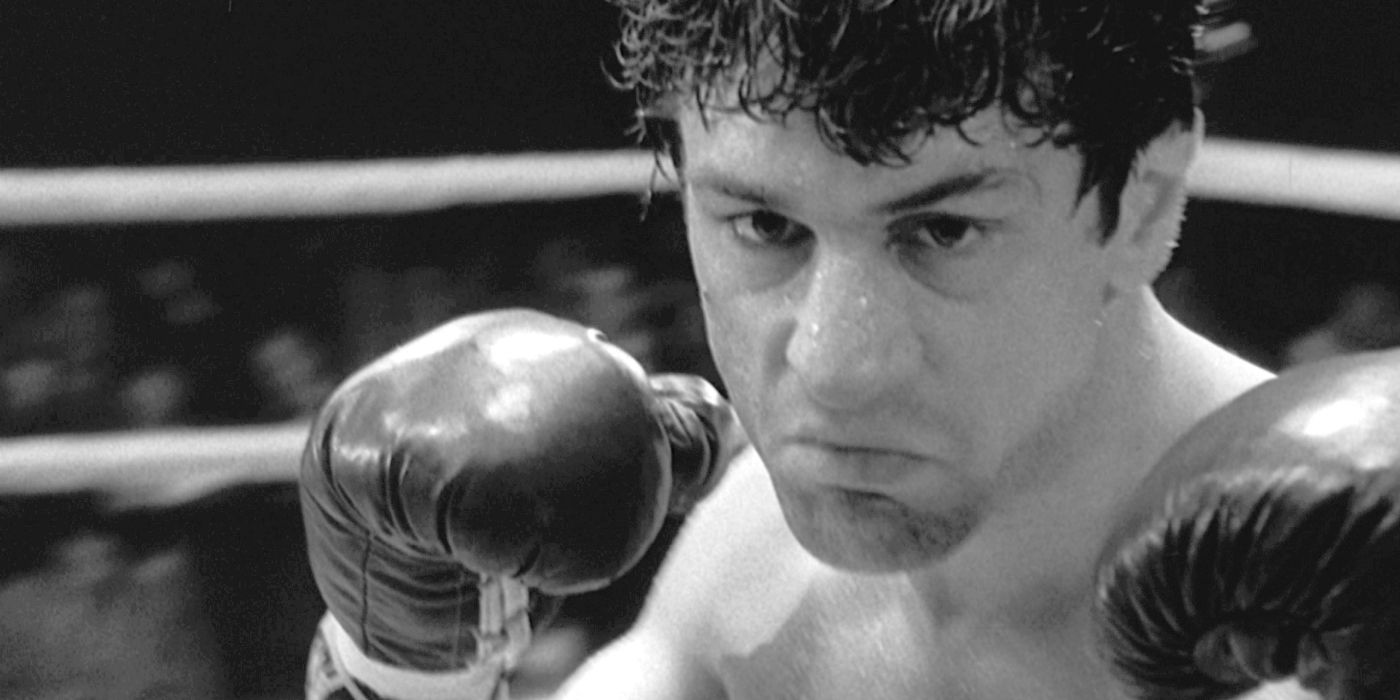
The primary reason that Martin Scorsese has provided for using black-and-white film to shoot Raging Bull – hands down, the best post-black-and-white movie shot in black-and-white ever made – is simply that he decided the boxing gloves would look better in black-and-white. (He also acknowledged the issue of fading color stock and wanted to differentiate Raging Bull from other movies of its era.)
But whether it was conscious or unconscious, dozens more reasons have been read into it. It could be seen to represent Jake LaMotta’s narrow-mindedness, for example. Raging Bull is a really gut-wrenching movie, and the black-and-white hammers that home.
